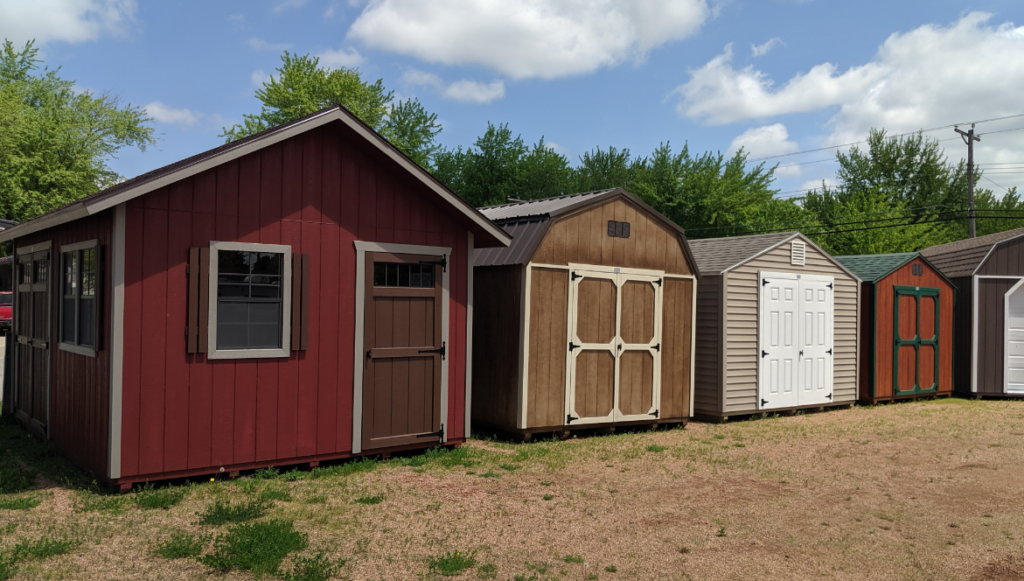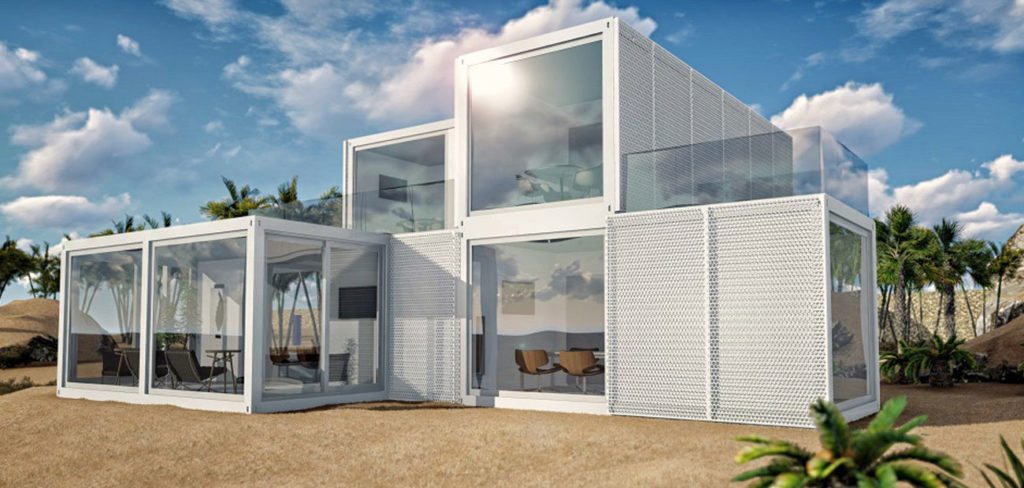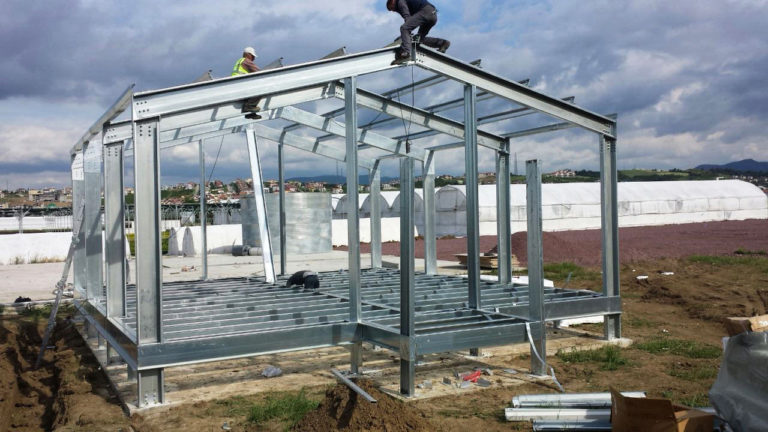Modular buildings are rapidly growing in demand across the United States of America and the United Kingdom. These are fabricated structures that are built in a factory and later assembled at the client’s desired location. They are eco-friendly and great quality structures that provide excellent efficiencies and are easy and quick to build. Built and designed off-site, modular buildings are often more affordable than classic construction and are just as functional. They can come in either square, rectangular, or different complex buildings.
The structures are close to indistinguishable from other businesses and houses. Portable buildings are similar in resemblance as well. However, mobile structures are smaller in size and are often used to provide shelter or an office setting at your site of work. Both structures may be similar in many ways. However, they have slight differences and serve equally important but different uses.
Portable Buildings

A portable, transportable, mobile, or demountable structure is made and designed for its movable feature rather than permanent fitting. One main difference between this and modular housing is that they are often utilized temporarily and moved away afterward. The majority of them are lifted from a site using large lorries with the aid of a crane for loading and unloading.
An example of when a mobile office is used is when a firm requires staff to be away from the parent office when handling certain projects. During such a period, it’s vital to continue with work, and thus the reason to have transportable offices. If the firm invests in these offices, it’s likely to save vast amounts of money because they’ll avoid having to rebuild offices every time the staff is out for projects. With such spaces, you save on money. All you need to do is get transportation services.
They are quick to construct and can take up to 60% less time than erecting a permanent structure. This way, you only spend on the necessary things and avoid the hefty charges on things not related to the plan. Also, after completion, the office can be lifted and moved to the desired location.
Portable houses are manufactured from the best materials to provide safe housing needs. They are built in controlled locations where professional inspectors supervise the construction to ensure that they meet the building criteria. The method of construction is an affordable approach that helps with maintenance charges compared to permanent offices. The labor needed to make your mobile space is also cheaper than having to pay for a crew.
It can be a challenge trying to alter a permanent space.
However, with a mobile area, including new changes and modifications to your space is more straightforward. Another benefit of using mobile sites is the control you get over the security of your entire project. You can use the site to house the machines and electronics like computers.
Temporary Buildings

Taking a look at temporary site settings, they aim to help solve a particular issue. The structures built to withstand harsh conditions for extended periods lasting up to years and can face several reinstallations if the location of the project is moved. When you want to erect a temporary base for a wide range of choices, you can opt for this option. Smart Space offers services for both buildings. Modular buildings are made to last slightly longer than portable ones.
While transportable houses are mostly compact in size, modular ones have a wide range of selections from materials used to the purposes of the space created. They serve as the best option for fast reconstruction and relocation. Some of the facilities that employ such areas include mobile sites, extra classrooms, medical facilities, etc. Even though these houses are cheaper than modular ones, they both fit a tight financial budget. You can get them from as low as $40 USD per square foot.
If your work is randomly shifting, this type of space will not serve you completely. Some temporary sites may be easy to move, but that doesn’t make them easy to modify once they are set up. These types of areas are problem solvers, especially if your firm is conducting a project in the region that requires hard to get construction materials. Once the structures are up, they require little to no maintenance, unlike portable ones that rarely need any maintenance since they are transferred to new sites without having to dismantle the entire structure.
Conclusion: Main Differences

The main difference, if you are keen to observe, is flexibility. Portable offices are easy to move from one area to another and do not require a lot of time to set up and get running in your new location. They are both affordable solutions that offer close to the same solutions. Modular offices, though temporary, are meant to last longer and withstand a number of harsh environmental conditions and settings. They have a “permanent” factor to them but can still be moved. However, moving them is not as fast and as easy as portable houses.
The type of materials used in both will also differ significantly because of their different uses. An example of some of the most common uses for portable spaces includes private storage facilities that you can set up in your yard and move with it in case of relocation. The materials used in making compact rooms are easy to dismantle for transit purposes.
Nonetheless, both facilities offer a chance to boost the creativity of workers because of the working environment setup wherever they may go. They are built to meet your daily requirements and serve you as effectively as possible. You have a wide range of designs to choose from and the size of the space depends on how much you are willing to spend.
As long as both are eco-friendly, it is safe to say that they are both great choices, but the ultimate decision depends on an individual’s desires and wishes. I hope that this article gives you a better understanding and differentiation of these two types of movable spaces, making it easier for you to make your choice between them.

